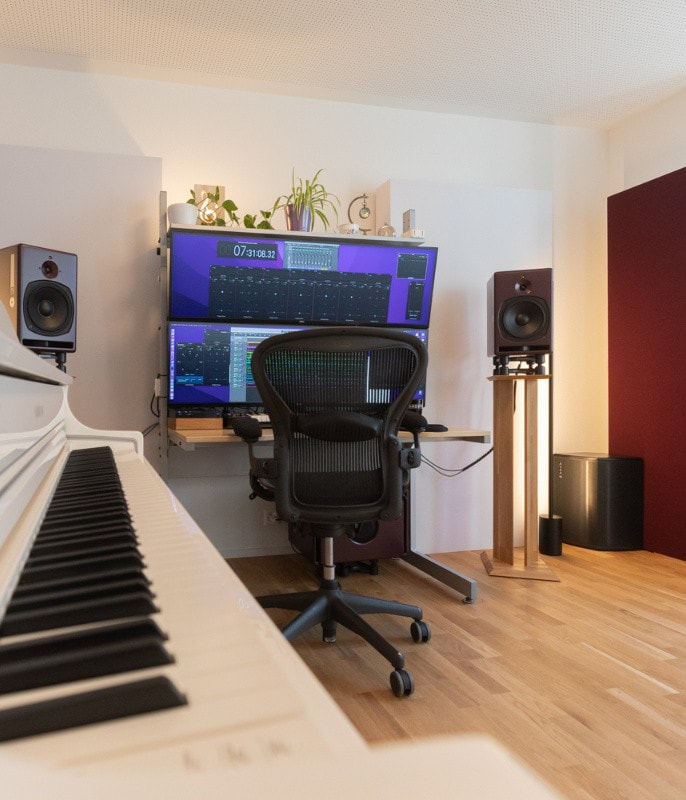AVAA C20 - Analog Active Bass Trap
Unique: easy to set up and move, no calibration required, as efficient as passive absorbers 25 times its size, the AVAA C20 typically reduces the resonance time of all room modes between 15 Hz and 150 Hz by up to 50%.
|
Analog Active Bass Trap
Unique: easy to set up and move, no calibration required, as efficient as passive absorbers 25 times its size, the AVAA C20 typically reduces the resonance time of all room modes between 15 Hz and 150 Hz by up to 50%. Working from 15Hz to 150Hz Whether you have 1, 2, 3 or more disturbing room modes, the AVAA C20 will work on all of them. It will absorb all undesired room modes. AVAA is a Revolution Since its release in 2016, AVAA has grown a reputation of being the secret weapon of the acoustic treatments and a revolution in room acoustics. In 2023, the active acoustic treatment is also done digitally with the AVAA C214. No Calibration Required Simply place it where your room modes are and it will absorb them. No calibration required. |
|
High Efficiency
As effective as a perfect passive absorber up to 25 times its size |
100% Analog
No DSP is used. Its 100% analogue technology allows a zero latency processing. |
Works in Any Type of Room
The AVAA C20 can be used anywhere: recording/mixing/mastering studios, OB Vans, hifi listening rooms, machine rooms, etc. |
“It’s remarkable technology that perform so well you think it breaks the laws of physics. There’s nothing else on the planet that comes close to the performance of this patented technology! Sonically it has taken my room to a level of sonic accuracy that I never thought could be attained without some serious compromise, usually and over damped room in the mid frequency and high-frequency decay time. I wish I had had more pages to describe the virtues of the AVAA. It’s amazing the precision, beauty, tightness and control of the bass in my mastering room, thanks to PSI Audio.”
– Bob Katz
– Bob Katz










